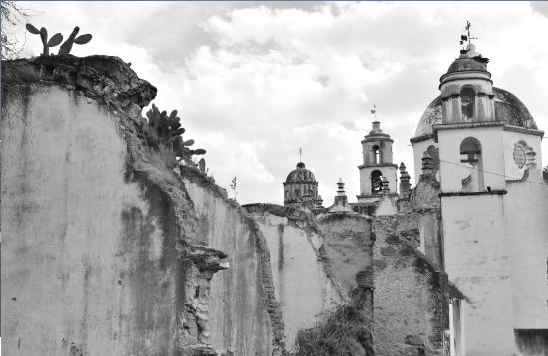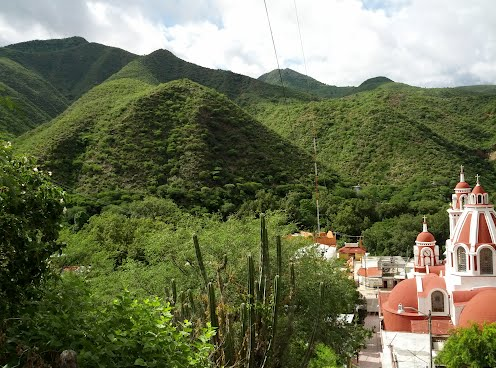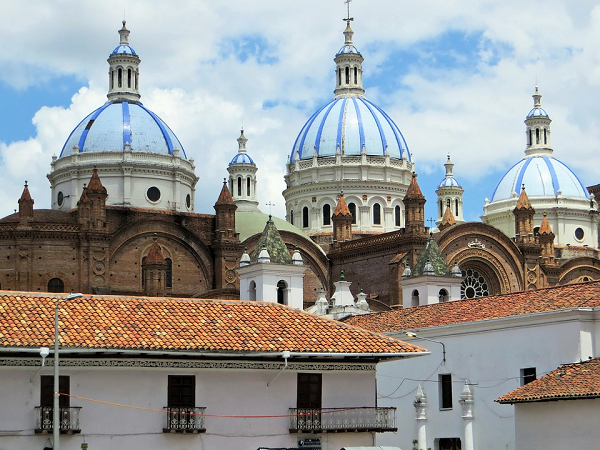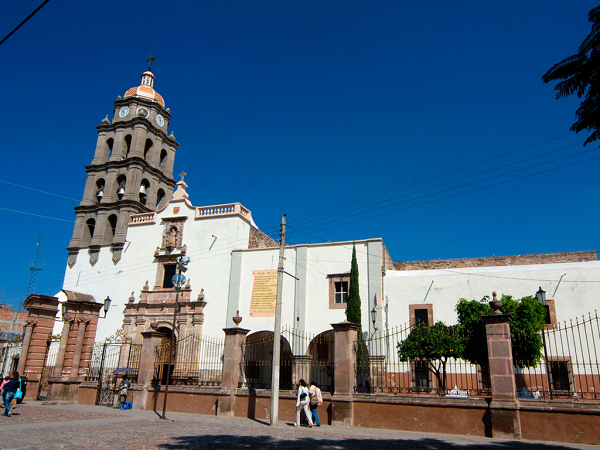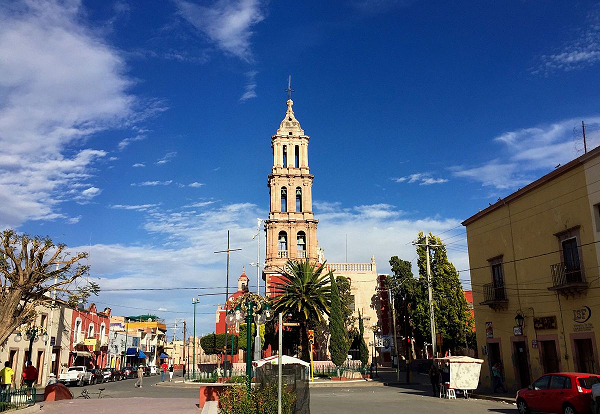Atotonilco
This small town is located about 14 kilometers from San Miguel de Allende and just over 30 kilometers from Dolores Hidalgo, two relevant communities in the history of the state and the country.
It has just 600 inhabitants, who are proud of their sanctuary dedicated to Jesus Nazareno, construction that dates from the 18th century by Father Luis Felipe Neri. Why? Well, according to the story, on September 16, 1810, the Insurgent Army took from this church the banner with the Virgin of Guadalupe, which would be used for the struggle that gave Mexico its ndependence.
This site is open from 10:00 a.m. to 6:00 p.m., from Tuesday to Sunday.
Xichú
It is located northwest of the state of Guanajuato, and was inhabited by indigenous Chichimecas, who used to call the place “Maxichú” or “brotherhood of my grandmother”.
Once you get there you feel surrounded by pure air, as it is within the Sierra Gorda Biosphere Reserve of Guanajuato.
There you can find handicrafts such as woven huaraches, bags of attractive designs and patterns, and sweets of chilacayote and pumpkin. Its charm also lies in the mountains that surround it, so walking is a pleasure to your senses.
Acámbaro
It is a city dedicated mainly to agriculture and commerce. It was founded by Franciscans in 1526 and is therefore considered one of the first settlements of the conquistadors in the country.
There they constructed splendid buildings like the Temple of the Hospital, which construction was directed by Catholics and made by local groups like Otomí and Chichimeca natives. That’s why on the façade you can see elements of these cultures, sculpted in their stones.
When you visit Acámbaro, enjoy the local bakery, like the bread with the same name made mainly with wheat flour from the region, butter, sugar, egg, milk and yeast; and the famous “water bread”, made with mead.
Comonfort
Do not be surprised if you return with a little more weight from your visit to this municipality to the southeast of Guanajuato. Since you can enjoy cheese gorditas with crumbs and nopales, green potato enchiladas, charamuscas and sweet pumpkin desserts.
In the past it was inhabited by Tarascos, who baptized it Chamacuero that means place of ruins.
Its main attractions are the Parroquia de San Francisco, built in the 16th century with churrigueresque altarpieces, and the Doctor Luis Mora Museum, with objects found in the archaeological site of Comonfort.
San Felipe Torres Mochas
It owes its name to the fact that its parochial church was unfinished for a period of 243 years, essentially from the part of the tower and the bell tower (that´s why they called it “torres mochas” (unfinished towers) .
But why San Felipe? Well it was named that way in honor to the Spanish monarch Felipe II.
It is currently a producer of mezcal, so finding this liquor in local establishments is common.
While you go through the community you will see that the center has a grid layout with wide streets, which were designed to let the wagons pass through it. You will feel that you made a trip back in time.
Source: foodandtravel.mx

